On July 9, 2025, Russia launched an unprecedented aerial assault on Ukraine, deploying 728 drones and 13 missiles, marking the largest drone attack of the ongoing conflict. This escalation, reported by Reuters, came hours after U.S. President Donald Trump pledged additional defensive weapons to Kyiv, underscoring the intensifying role of drones in modern warfare and their strategic significance for drone professionals and defense industries.
Unprecedented Scale of Drone Deployment
The Russian offensive primarily targeted Lutsk, a northwestern Ukrainian city 125 miles from Poland, alongside 10 other provinces. Ukraine’s Air Force neutralized 718 drones, showcasing robust air defense capabilities, though some of the six hypersonic missiles caused unspecified damage, according to air force spokesperson Yurii Ihnat on Ukrainian television. “Virtually everything was flying towards Lutsk,” said Ivan Rudnytskyi, governor of the Volyn region, noting 50 drones and five missiles in the region’s airspace overnight.
The attack’s scale, surpassing a previous record of 539 drones on July 4, highlights the growing reliance on affordable, mass-produced drones like the Iranian-designed Shahed, which Russia has scaled up for overwhelming air defenses.
Strategic and Technical Implications
Drones in this assault, primarily Shahed models, are known for their low cost, long range (hundreds of miles), and 80-pound warheads, making them effective for saturating defenses. This tactic strains Ukraine’s resources, particularly its stock of U.S.-made Patriot missiles, critical for countering ballistic missiles. The attack’s proximity to NATO-member Poland, prompting Polish and allied jets to scramble, raises concerns about regional security and the potential for drone incursions into NATO airspace.
Industry and Operational Impacts
The escalation drives demand for drone defense solutions, benefiting companies developing anti-drone systems and encouraging recreational pilots to stay informed about airspace restrictions near conflict zones. Ukraine’s success in downing most drones suggests effective integration of radar, surface-to-air missiles, and possibly homegrown counter-drone tech, offering lessons for global defense strategies.
Economically, the attack emphasizes the cost asymmetry: drones costing thousands of dollars neutralize defenses worth millions, challenging budgets for nations reliant on expensive munitions. Regulatory bodies may tighten drone flight rules near borders, impacting commercial and hobbyist pilots, while manufacturers face pressure to scale production of affordable, reliable counter-drone systems.
Geopolitical Context and Future Trends
President Trump’s pledge to supply more weapons, reversing a Pentagon pause on munitions, reflects the urgency of bolstering Ukraine’s defenses against drone-heavy assaults. Ukrainian President Volodymyr Zelenskiy, advocating for “biting sanctions” on Russia’s war funding, highlighted the attack’s timing as a rebuff to peace efforts. The involvement of NATO jets signals heightened alertness, potentially accelerating investments in cross-border drone surveillance. For the drone industry, this conflict accelerates R&D in autonomous systems, swarm countermeasures, and AI-driven targeting, shaping the future of both military and civilian drone applications.
This record-setting attack, claiming at least one life in western Ukraine and eight in Donetsk, illustrates drones’ dual role as accessible weapons and critical defense targets. As warfare evolves, drone professionals must adapt to a landscape where innovation, regulation, and geopolitical tensions converge.
Discover more from DroneXL.co
Subscribe to get the latest posts sent to your email.
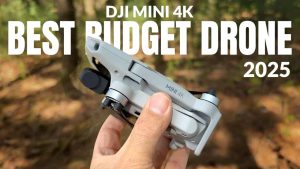

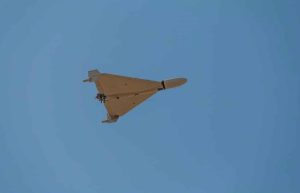
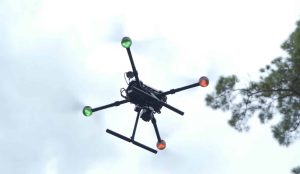
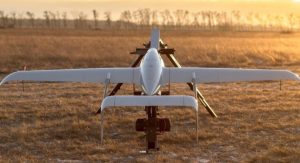
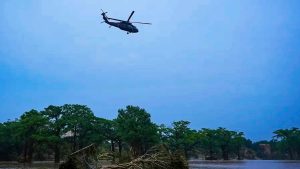
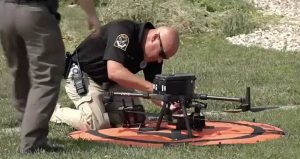

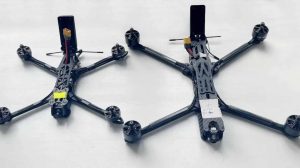
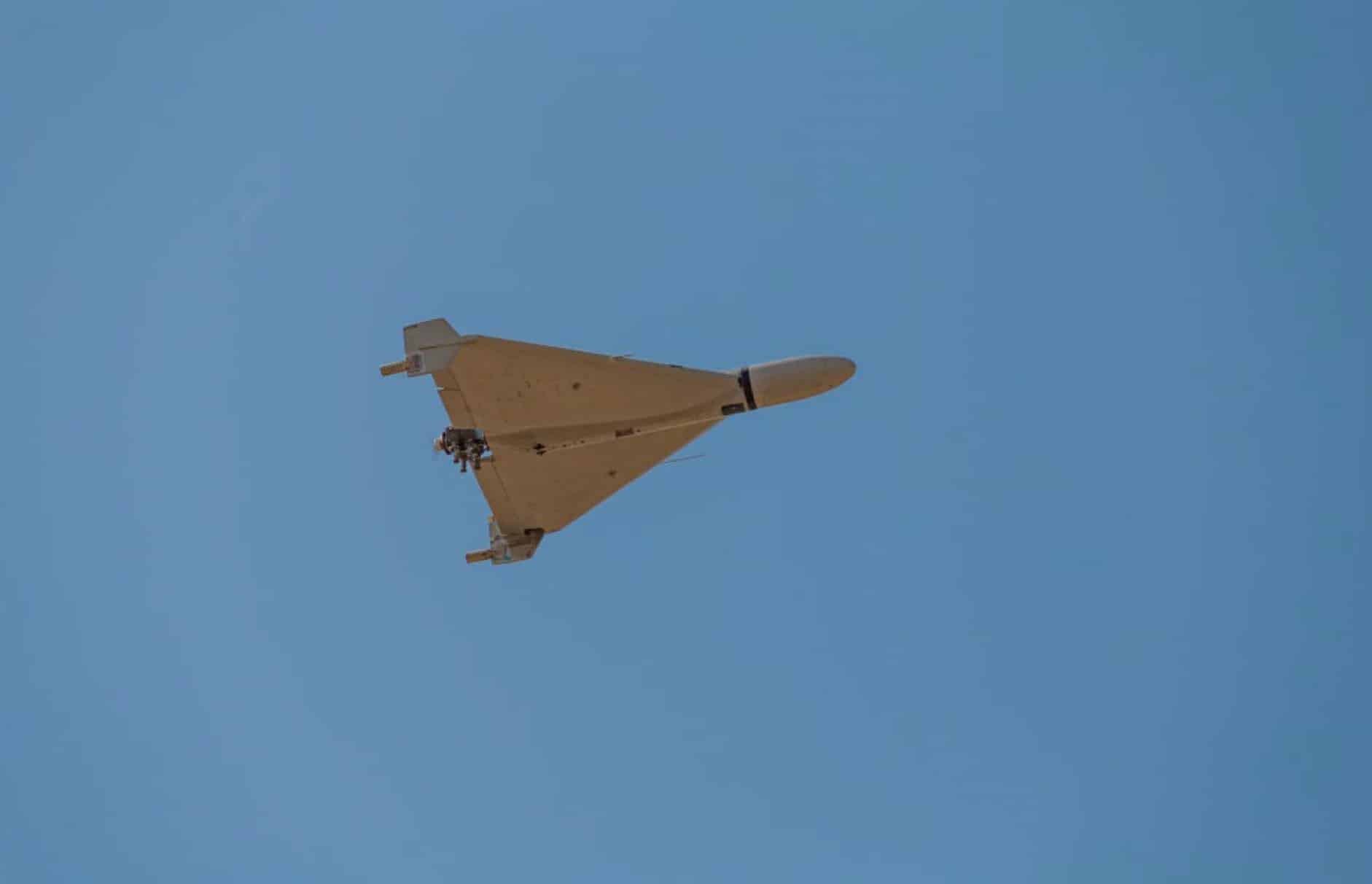
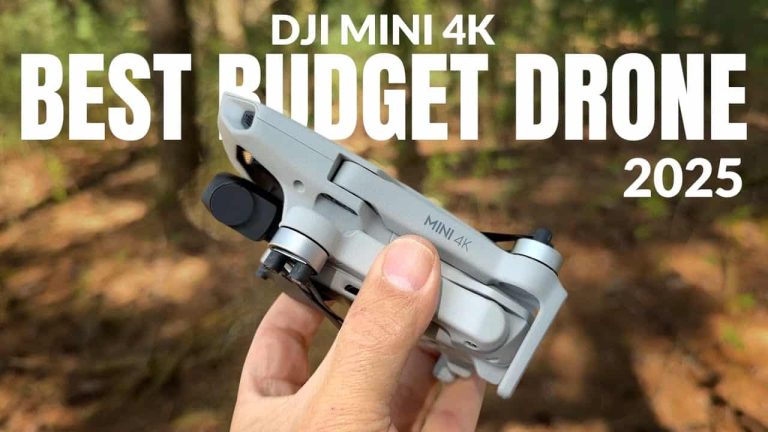
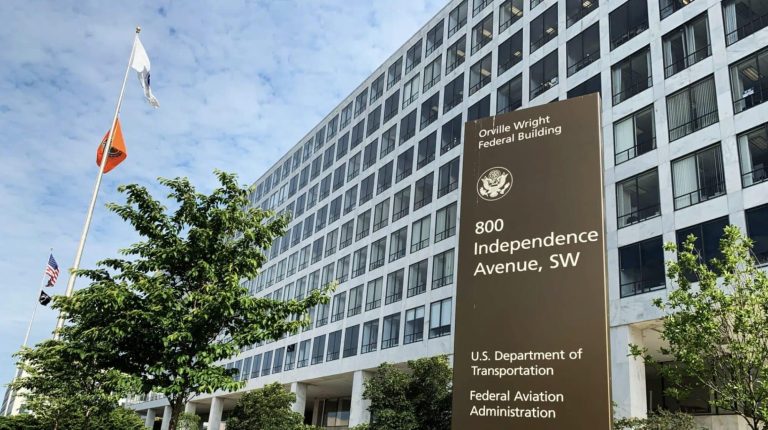
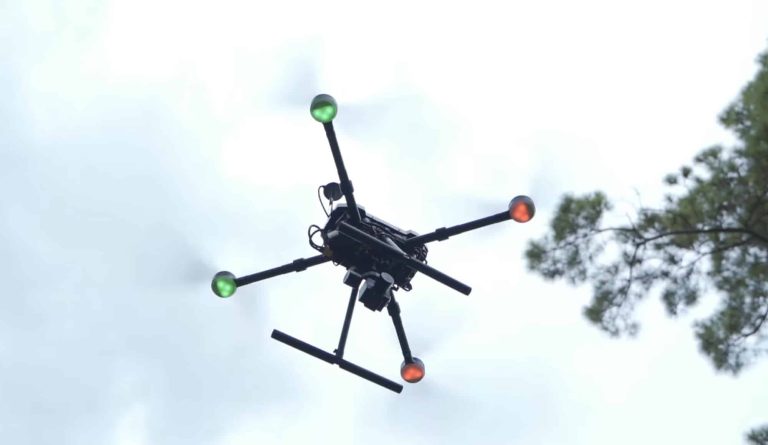
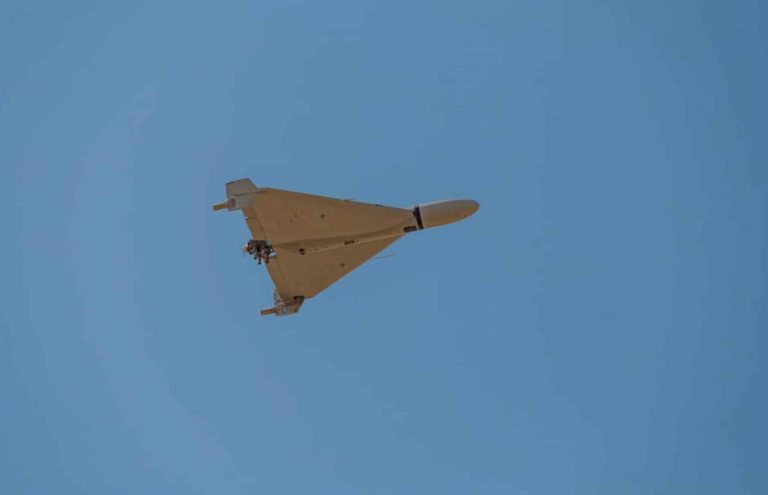
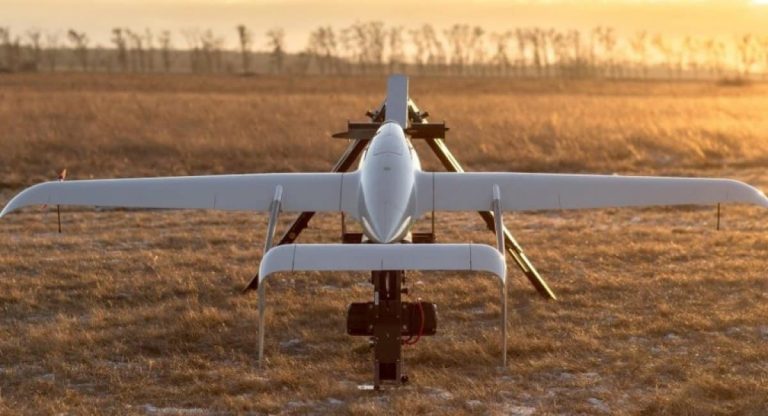
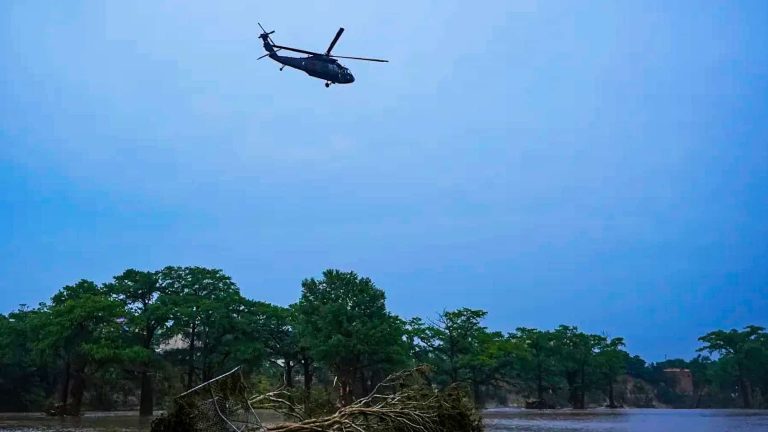
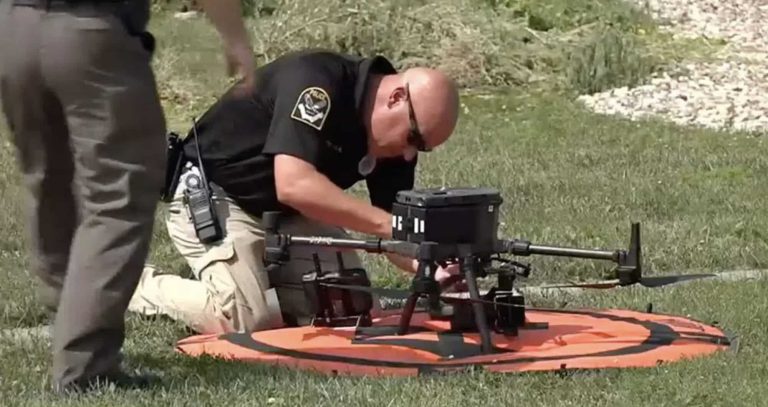

+ There are no comments
Add yours